BEP2 and BEP20 are both native token standards in the Binance ecosystem, but what is the difference between the two? Which one is the better option for developers and crypto users?
In the world of cryptocurrency, every token issued on a blockchain that supports smart contracts must follow a guide called token standards. The guide is used to tell people how to create, issue, and deploy new tokens based on the underlying blockchain. It is actually a part of smart contract standards, which are highly essential in such blockchains to keep communication between smart contracts efficient.
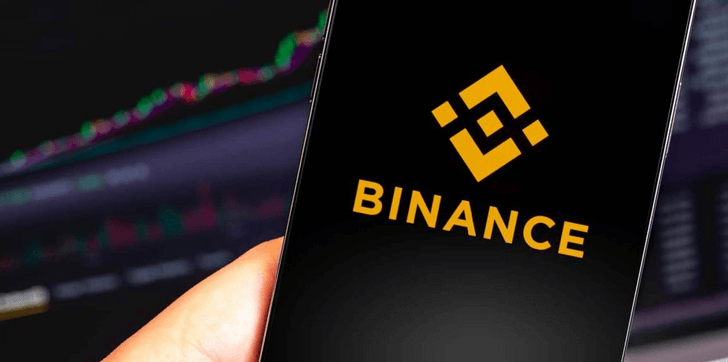
At the moment, the most commonly used blockchain when it comes to smart contracts is Ethereum. In the last couple of years, it has developed several well-known token standards for many different smart contracts. The most popular token standard today is called the Ethereum Request for Comment (ERC), and it's available in various forms such as ERC-20, ERC-721, ERC-777, and ERC-1155.
See Also:
Apart from Ethereum, Binance's blockchains – Binance Chain and Binance Smart Chain – are also pretty popular among crypto holders and it has its own set of token standards called BEP2 and BEP20.
Contents
Introduction to BEP2
BEP stands for Binance Chain Evolution Proposal, and BEP2 is the native token standard for all token transactions on the Binance Chain – the first blockchain network by Binance. The purpose of BEP2 is to ensure that all tokens can function and interact with each other properly within the Binance Chain ecosystem. Currently, BEP2 tokens are supported by hardware wallets like Ledger Nano X, Ledger Nano S, Trezor Model T, and the Coolwallet S.
One of the most notable advantages of using BEP2 is the ease of use. It allows users to easily trade with various crypto assets on Binance centralized and decentralized crypto exchanges. However, the functionality must end there as this token is not compatible with any other blockchain except Binance.
BNB in BEP2 format can only be used as a transaction fee on Binance exchanges, but the token can be converted into BEP20 in order to be used in other Binance ecosystems.
Binance Chain
Binance Chain is a blockchain network that was launched by Binance in early 2019. The chain focuses on facilitating speedy asset exchange and is able to handle large transaction volumes. Naturally, Binance Chain became the foundation of Binance DEX which specializes in processing various decentralized crypto transactions. It is also worth mentioning that Binance Chain uses the Proof-of-Work consensus mechanism, similar to Bitcoin.
Binance Chain is integrated with the entire Binance ecosystem and is able to interact with Binance Smart Chain through the token. However, keep in mind that Binance Chain does not support the use of smart contracts. Therefore, users won't be able to make a dApp ecosystem within the Binance Chain or perform other smart contract-related activities.
What about BEP20?
Like BEP2, BEP20 is also a native token standard, but it works on Binance Smart Chain. The main purpose of the creation of BEP20 is to facilitate all transaction needs on various different dApps on Binance Smart Chain.
Generally speaking, the BEP20 token standard mainly follows the Ethereum ERC20. This is why BEP20 has a lot of similarities with Ethereum and it is compatible with Ethereum's smart contracts as well as its programming language, the Ethereum Virtual Machine (EVM). Apart from that, BEP20 is also known for its interoperability, which means that users can easily convert BEP20 tokens to BEP2 tokens and ERC20 compatible tokens by using a bridge that could link it with other blockchain networks.
See Also:
Binance Smart Chain
Binance Smart Chain was first introduced in April 2020 and officially launched five months later in September 2020. It emerged as a response to the booming popularity of Ethereum and its dApps ecosystem. Other than that, the rise of DeFi applications, NFT, and crypto-based games pushed Binance even further to create a blockchain with smart contract capabilities.
Even though Binance already had Binance Chain at that time, the system was not capable of smart contracts or complex programming languages. As a result, Binance needed to create Binance Smart Chain. Instead of using Proof-of-Work, Binance Smart Chain uses the Proof-of-Stake-Authority (PoSA) consensus mechanism so that it allows staking and supports dApps.
The Differences between BEP2 and BEP20
BEP2 and BEP20 are actually very different from one another and this goes beyond overall differences between Binance Chain and Binance Smart Chain. Here is an in-depth comparison between BEP2 and BEP20 based on some specific aspects.
Blockchain Network
The most obvious difference between BEP2 and BEP20 is the fact that both standards operate on different blockchain networks. BEP2 tokens are native to Binance Chain, whereas BEP20 tokens are native to Binance Smart Chain. However, keep in mind that BNB tokens can either be BEP2 or BEP20.
Consensus Algorithm
Following the networks that they work on, their consensus algorithms are also different. We have mentioned that Binance Chain uses the Proof of Work algorithm, whereas the Binance Smart Chain uses the Proof of Stake Authority. The former is known to offer higher costs and has the potential of damaging the environment. Therefore, transactions with BEP2 tokens are considered more expensive compared to BEP20 tokens.
Meanwhile, the Proof of Stake Authority is more environmental-friendly and offers more functionality such as staking. Not only that, but users can also get the advantage of faster transactions and cheaper costs.
Transaction Costs on Binance
Transaction cost is one of the most important aspects to consider for developers as it can either make or break the appeal of their brand-new projects. In this case, BEP2 tokens impose transaction fees on Binance centralized and decentralized exchanges, thereby presenting a considerable burden. Meanwhile, BEP20 tokens don't require any transaction fees for both Binance exchanges, so it's more suitable for developers.
Smart Contracts
Another critical difference is regarding the support for smart contracts. As the popularity of DeFi applications and smart contract-powered programs keeps rising, most developers are getting more interested in blockchains that support smart contracts. As a result, BEP20 certainly takes the upper hand over BEP2 in terms of flexibility.
Token Address
One of the easiest ways to identify whether a token is BEP2 or BEP20 is by looking at the token address. The wallet address for BEP2 tokens always starts with a "bnb" at the front, alongside the need for a MEMO. Meanwhile, BEP20 tokens have wallet addresses that are pretty similar to that of the Ethereum network. The wallet address for BEP20 tokens usually always starts with "x0" at the front.
Ethereum Compatibility
BEP2 is the first native token standard for the Binance Chain, so its use is limited within the Binance ecosystem. There is no way to connect BEP2 tokens and use them in a different blockchain. Meanwhile, the BEP20 standard was made to follow Ethereum's token standard. Hence, BEP20 is compatible with Ethereum's smart contracts as well as its programming language.
Scalability
Last but not least, the scalability of BEP2 and BEP20 tokens are also different. The latter allows developers to identify the supply and demand of the tokens from the minting and burning parameters. This means you can figure out the exact number of new tokens required or the number of tokens you need to burn. Such flexibility is able to boost the scalability of BEP20 projects, so it's certainly a big advantage for many developers. On top of that, the compatibility with Ethereum gives BEP20 tokens better scalability.
End Thoughts
Based on the explanation above, we can conclude that BEP20 is a better option for developers as it offers more benefits than BEP2. Some of those benefits are higher flexibility, lower costs, and faster transactions. Even though BEP2 is the first native token standard of Binance, the actual improvements were made possible by BEP2. Today, users can enjoy making easy crypto transactions and participate in various DeFi programs thanks to the opportunity offered by Binance Smart Chain.
But even so, we cannot completely ignore BEP2 as it still plays an important part in the whole Binance ecosystem. Binance implements dual blockchain architecture, so both Binance Chain and Binance Smart Contracts are equally important in the continuity of Binance's operations.
Did you know? Binance is not only known for its exchange service as the company has grown in various aspects of the crypto industry, including crypto mining through the Binance Smart Pool.

 Dedicated FREE FOREX VPS
Dedicated FREE FOREX VPS Free FOREX Virtual Private Server
Free FOREX Virtual Private Server MT4 Demo Contest, Get $500
MT4 Demo Contest, Get $500 Sign Up for an Account, Claim 60% Deposit Bonus
Sign Up for an Account, Claim 60% Deposit Bonus Free MT4/MT5 VPS 2024
Free MT4/MT5 VPS 2024 Send E-mail and Get Free Merchandise
Send E-mail and Get Free Merchandise $1K Refer a Friend Bonus for Pepperstone Pro clients
$1K Refer a Friend Bonus for Pepperstone Pro clients Maximize Your Earnings with 100% Deposit bonus
Maximize Your Earnings with 100% Deposit bonus Trade to Win, $5,000 Monthly Demo Contest
Trade to Win, $5,000 Monthly Demo Contest Claim 30% + 15% Deposit Bonus from LiteFinance
Claim 30% + 15% Deposit Bonus from LiteFinance
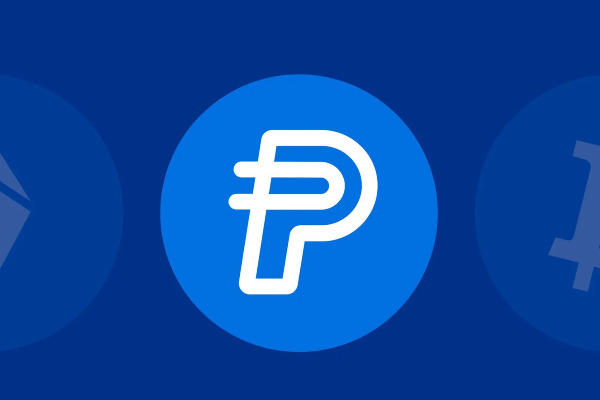
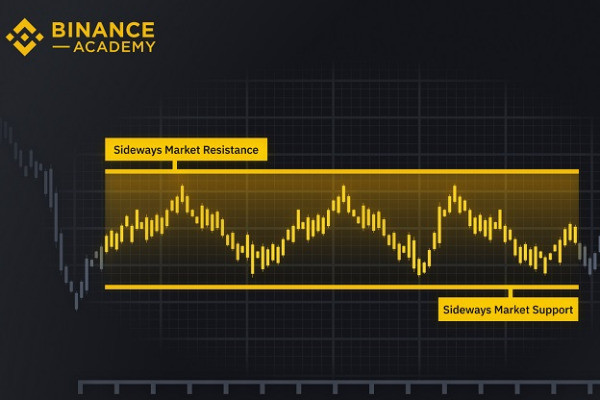
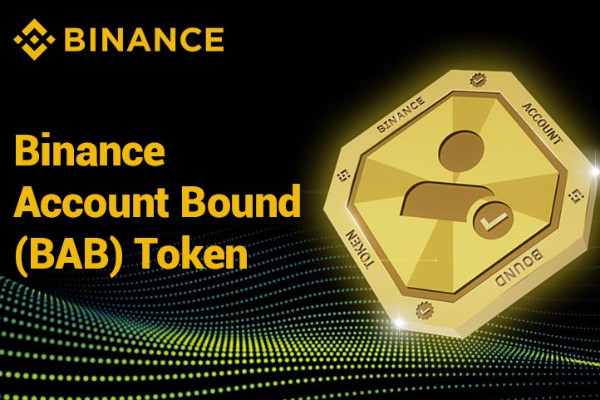

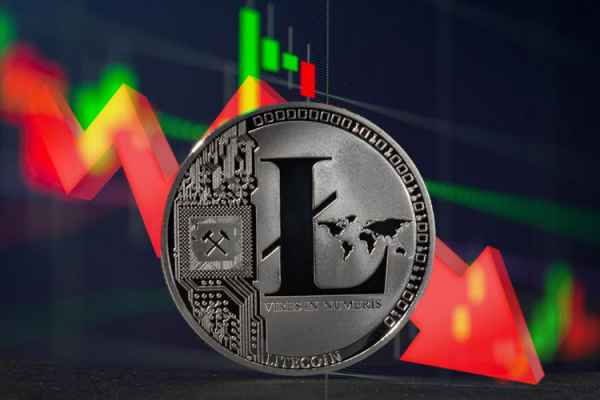

 Bitcoin
Bitcoin Ethereum
Ethereum Tether
Tether BNB
BNB Solana
Solana XRP
XRP USDC
USDC Dogecoin
Dogecoin Toncoin
Toncoin Cardano
Cardano